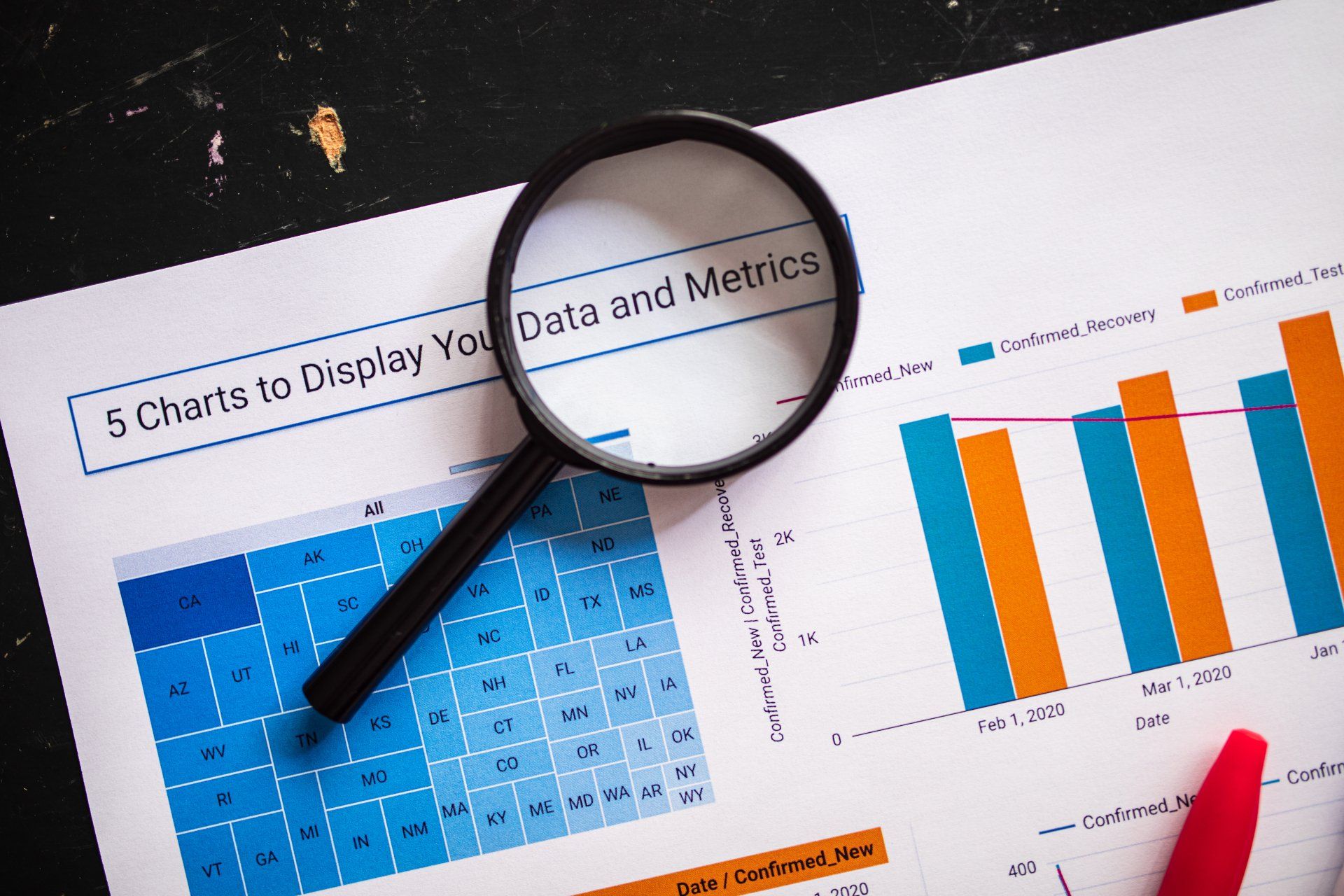30-60-90 Day Plan
Kaye Sycamore • October 3, 2021
Starting a new Sales Leadership role? Build your plan.

If you ever type in 30-60-90 Day Plans for New CRO (or any new sales leadership role) into the search box, you will get something just short of a gazillion results.
Some of them giving you The Actual Plan (yeah, right). and quite a few of them telling you the idea of a 90-Day Plan is simply not-a-goer. Why not? Well, some say it takes a lot longer than 90-days to move from input to output mode, and some tell you that you'll need to deliver a lot sooner than 90-days. But, when I have moved into a new leadership role or I start a new engagement, I like the discipline of having a 30-60-90 day plan.
I find it a useful way to sort and prioritise my thinking around what to tackle and in what order, and a great way to communicate and align with the CEO. I also find that this approach helps to keep me on track - as more and more information floods in the further you dig into the company and the engagement it's easy to lose sight of the things that you had seen with those oh-so-precious 'fresh eyes'. The plan keeps you grounded, it gives you the baseline, it allows you to stop and take stock, and assess: are you on course?
So, what goes into that plan?
Of course, it is going to depend on your role - are you CRO? SVP Sales? VP Sales? This article - Hiring a Sales Leader: Part III
from Insight Partners
has a very useful insight that highlight the differences between the competencies, and to some extent the focus, of these different-level sales leadership roles across these five dimensions:
- core selling skills
- sales enablement
- metrics & process driven sales management
- go-to-market strategy
- team building, development and coaching.
This simple plan is the headline plan that I helped to set out for the incoming VP Sales of a SaaS company looking to scale sales above $10m ARR. This was done a few years back and reflecting on it now, I see it merges the second and third bullet-points (from the Insight Partners' list) into one workstream. I do think it is worth separating them - especially as I find both are often under-resourced and over-looked in scale-up companies.
Using data to manage and measure sales and marketing effectiveness is in no way new, but we do have new data, and we do have more data, and the discipline of RevOps has helped us to bring more focus to the importance of these. Looking back at my simple 90-day plan, I would say there is not enough focus on metrics.
Now when I start a new sales leadership engagement with a company, in my first 30-days I am looking for:
Revenue forecasting intelligence
- how is forecasting done? - what's the process? - what's the cadence? - what's the historical accuracy? of course, these things are all one-stage beyond the immediate WHAT IS THE CURRENT FORECAST? question that has to be answered to know whether you need to go into crisis mode on either retention or acquisition.
Pipeline management intelligence
- how is pipeline being generated? - how effective is that? - how is pipeline being nurtured? - how is it being advanced? - where is the pipeline weak / strong? - how does it compare to historical data? - what's the closing rate - win, loss, stalled and withered-and-died?
Performance intelligence
- what does the historical data show? - what are current trends? - are there any red flags? - not just about the individuals, but also of the team - is there a good team dynamic?
The insights I gather from the above in the first 30-days help me identify the issues in terms of the results, and the processes which are or are not in place to drive the right results. This then helps to inform the 60- and 90- day sections of the plan.


